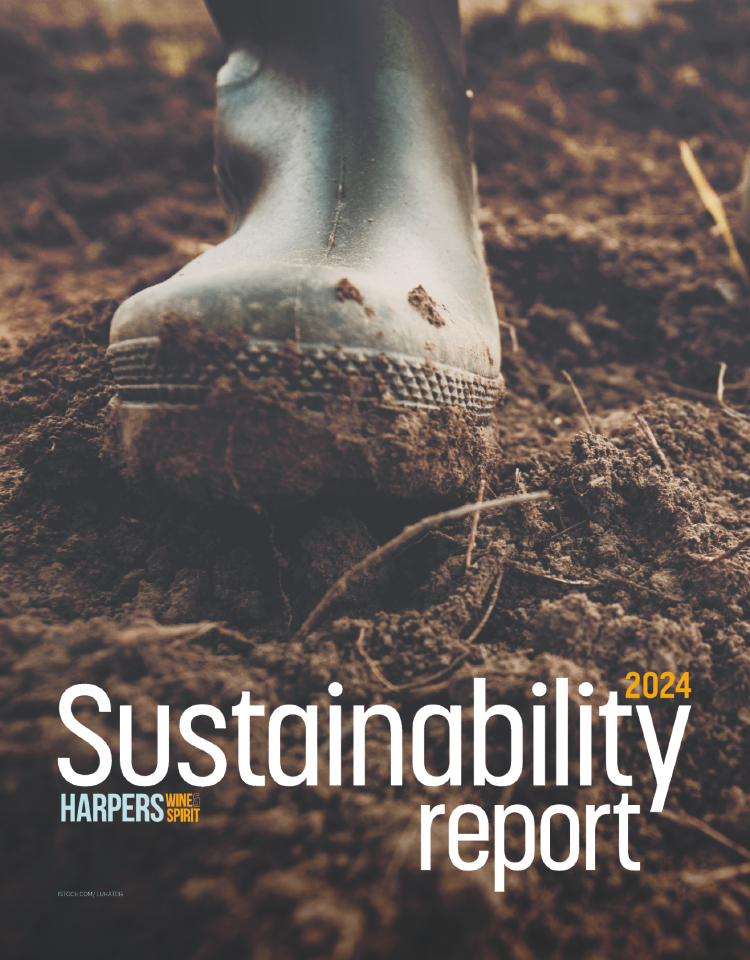
Friday read: Paolo De Marchi leaves 'happy ghosts' at Isole e Olena
Justin Keay reports on a recent visit to Paolo De Marchi of Isole e Olena winery towards the end of 2022, in what turned out to be an elegiac trip. In 2022, De Marchi completed his last vintage after almost 50 years.
On 7 March, Paolo De Marchi of the Isole e Olena estate in Tuscany will be in London to present his best known wines, including a vertical of the iconic Cepparello at the all-day Sangiovese Reset tasting. However, for the many admirers of this revered estate, his appearance will be a cause for sadness as much as celebration.
Last year De Marchi, 71, handed over the reins of the estate first established by his father in 1956 to French investment group EPI, the owners of Biondi Santi, amongst other agencies, and the 2022 vintage was the last with him at the helm.
He sold the estate – with deep misgivings – after a potentially fatal car crash two years ago left him shaken but determined to protect the future of this highly regarded winery.
“I was very lucky to survive the crash. If I’d been on the main highway the outcome could have been very different. But it made me realise I had to make firm plans for the future. My heart is split; part of me is delighted because selling the estate is positive for my family’s future welfare and because it will be in very good hands. But I am also sad because this has been my life since I moved down from Piedmont in 1976, and because my wife doesn’t want to leave what has been our home for so many years.”
Walking with De Marchi around the estate – which comprises the two largely deserted villages of Isole and Olena and is located in the heart of the Chianti region – one can sympathise why leaving will be so difficult. This is a truly beautiful and special place, particularly in mid September when the grapes are being gathered in and the winery is a hive of activity. Sympathetic renovation is slowly reviving the two old villages which were abandoned in the 1960s.
“There may be ghosts here but they are happy ones,” says De Marchi.
Meanwhile the 56 ha of vines have been lovingly maintained, enabling typically some 250,000 bottles of seven different wines a year. As well as Sangiovese for the Cepparello and Chiantis there is Canaiolo – which comprises 15% of De Marchi’s Chianti Classico – alongside Syrah, Cabernet Sauvignon and Chardonnay.
Tasting through these wines with De Marchi at the estate and afterwards, the perfection of the Cepparello (typically 45,000 bottles produced) is evident especially in the 2016 and 2019, with the former showing great freshness and good aromatics from a cooler vintage, whilst the latter, from what De Marchi calls “a perfect vintage”, has generous fruit and balance.
The 2007 is still amazingly fresh and vivid whilst the 2011 – a warm vintage and one of the very few not to comprise 100% Sangiovese – is wonderfully rich and fruit driven. But the biggest surprises were the other much less well known wines, the elegantly labelled and presented Collezione Privata De Marchi. The Chardonnay 2020 is rich and rounded, with almond, white peach and vanilla on the palate and just the right amount of oak to support the fruit: the freshness here is reinforced by the stelvin cap, which De Marchi says reduces sulphites in the wine, and seems also to support the long finish.
The Syrah 2018 is spectacular, almost certainly the most impressive Italian Syrah I have tasted, with cassis, black pepper, spice and blackberry flavours on the palate and a firm balanced body benefitting from the 18 months the wine spent in barrique. The Cabernet Sauvignon 2017 is equally impressive: dark ruby red with cassis, coffee and great balance, with fine acidity underlying the firm tannins. Like the Syrah, it has many years of ageing ahead of it.
De Marchi seems as proud of this collection – which after all bears his name – and of his Chianti Classico, typically regarded as one of the best in the region, as of his more famous Cepparello, which is what put his estate on the map since the first vintage was produced back in 1980.
“What I have always aimed for in all my wines is balance and finesse. I don’t want over-extraction but harmony and elegance. This also reflects my attitude to the estate,” he says.
What’s next? De Marchi says he will spend time helping his son Luca at the family winery Proprieta Sperino in Alto Piedmont. He is coy about staying on at Isole e Olena in an advisory capacity – though he has been asked – arguing that the new owners will understandably have different ideas.
However, it is hard to imagine this beautiful estate without the man who put it so emphatically on to Italy’s wine map and made it his home for almost 50 years. Maybe he will stay on as a continuing presence in the cellar and amongst the vines, mingling with those happy ghosts in the old stone houses of Isole and Olena.
Isole e Olena is imported to the UK by Liberty Wines.





